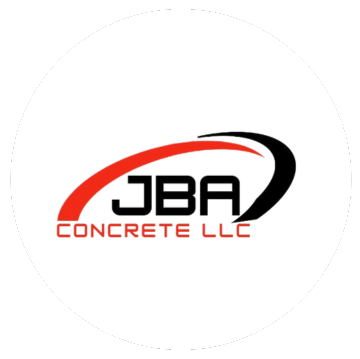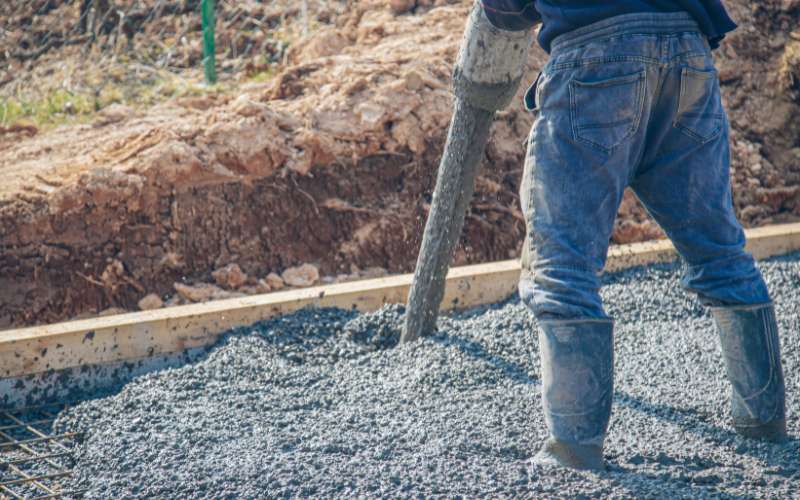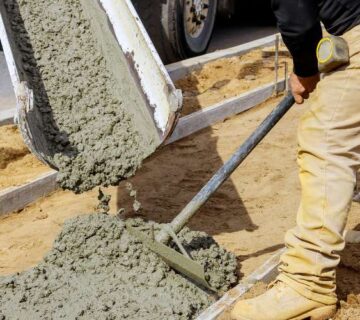Are you wondering how concrete pumping can help streamline your next construction project? Understanding concrete pumping and its benefits is crucial for anyone looking to improve efficiency. Whether you’re working on a small residential job or a large-scale commercial project, this method offers faster placement and precision. Picture a busy worksite where labor costs are minimized, and work is completed ahead of schedule. Concrete pumping makes this possible, and in this post, we’ll explore how it can work for you.
Top Advantages of Concrete Pumping for Your Construction Projects
Concrete pumping is transforming construction projects worldwide by delivering increased efficiency and accuracy. Let’s explore some of the key benefits of understanding concrete pumping and its benefits and how it impacts various projects.
1. Faster and More Efficient Construction
Concrete pumping significantly speeds up the construction process. Rather than relying on manual labor to transport concrete, the pumping system delivers it directly to the site. This method reduces delays and ensures a consistent flow of materials. Projects that use concrete pumping can often be completed faster, minimizing the overall timeline. Contractors who want to save time find concrete pumping an essential tool. Furthermore, since concrete pumping offers direct delivery, it reduces the possibility of material waste, which is a key advantage for any project manager.
2. Reduced Labor Costs
One of the primary benefits of concrete pumping is the reduction in labor costs. Manual concrete transport requires multiple workers, adding to the overall cost of the project. Concrete pumping, however, eliminates the need for excessive labor. A single operator can handle the machinery, reducing the number of employees required on-site. This saves money and helps allocate workers to other important tasks. For construction firms, minimizing labor costs while maintaining productivity is essential, making concrete pumping an ideal choice for both small and large projects.
3. Enhanced Precision and Placement
Precision is critical when dealing with concrete, and pumping ensures that the material is placed exactly where it needs to be. Traditional methods, like using wheelbarrows, often result in uneven distribution, which can compromise the quality of the final structure. By using a concrete pump, workers can target specific areas with pinpoint accuracy. This precision reduces the chance of mistakes, leading to higher-quality results. Whether you’re working on foundations, walls, or elevated surfaces, concrete pumping ensures that every area is adequately covered.
4. Versatility in Project Types
Understanding concrete pumping and its benefits extends to the versatility it offers across various project types. Concrete pumping is useful for both residential and commercial construction. For residential projects, it simplifies tasks like building driveways, patios, or home foundations. On the commercial side, it’s essential for large-scale jobs such as office buildings, shopping centers, or parking structures. No matter the project size, concrete pumping adapts to the needs of the worksite, making it one of the most flexible methods available in the industry.
5. Increased Safety on the Job Site
Safety is a top priority on any construction site. With traditional methods of concrete placement, workers are at risk of injury from heavy lifting and transporting concrete across uneven surfaces. Concrete pumping reduces this risk by minimizing manual labor. The pump delivers concrete to hard-to-reach areas without the need for workers to carry or lift heavy materials. In addition, less physical strain means fewer chances for accidents, creating a safer environment for everyone involved. The safety of workers directly correlates with the overall success of the project.
6. Cost-Effective Solutions for Long-Term Projects
For long-term construction projects, the cost-saving benefits of concrete pumping become even more evident. Projects that require large quantities of concrete over extended periods need a method that is both time-efficient and cost-effective. Concrete pumping answers these needs by providing a streamlined solution that reduces the need for multiple deliveries and labor-intensive processes. In the long run, this method lowers operational costs, making it a viable option for ongoing construction efforts.
7. Environmental Benefits of Concrete Pumping
In addition to its efficiency, concrete pumping offers environmental benefits. Traditional methods of transporting concrete often result in material waste and higher carbon emissions from excessive vehicle use. Concrete pumps minimize these issues by providing direct placement, which reduces the number of trips and materials wasted. The overall reduction in energy consumption makes concrete pumping a greener option for environmentally-conscious builders. It also helps construction companies adhere to sustainable building practices, which are becoming increasingly important in the industry.
Contact Us to Learn More About the Benefits of Concrete Pumping
Concrete pumping is an efficient, cost-effective, and safe way to handle your construction needs. Whether you’re managing a residential project or a large commercial job, concrete pumping can help you complete it faster and with precision. If you’re ready to streamline your next project, contact us today to discuss how concrete pumping can benefit your specific needs. Our team is ready to assist you with expert advice and reliable service.





No comment